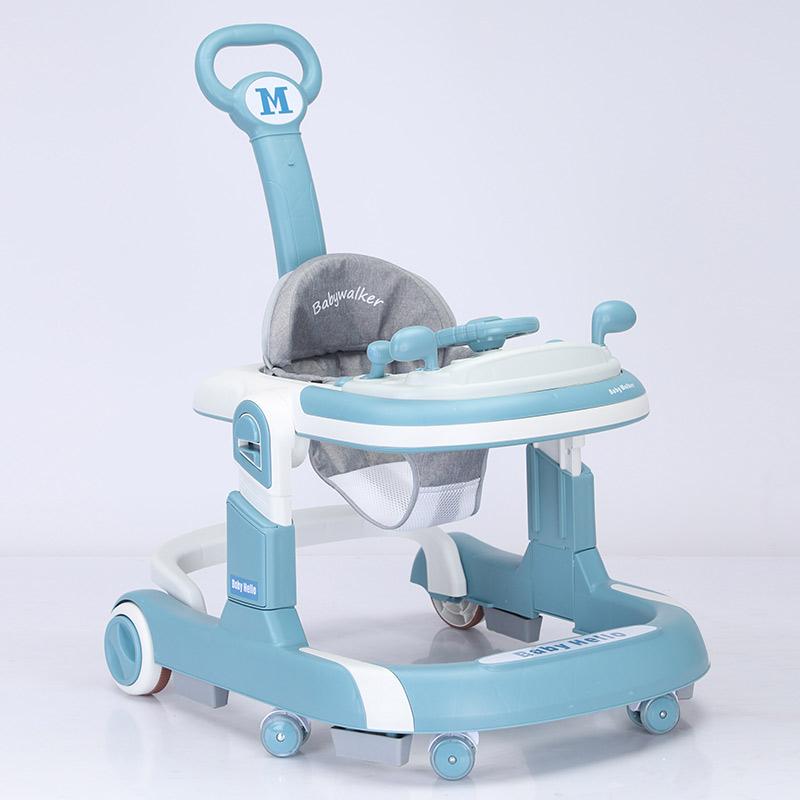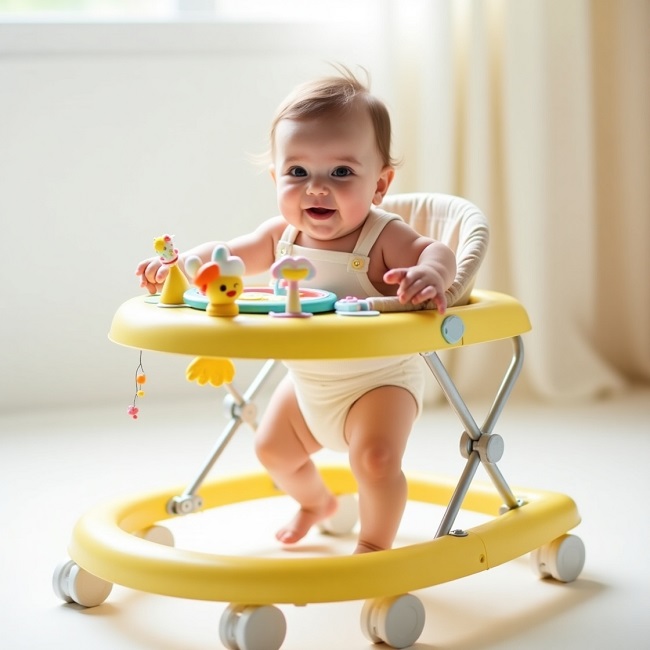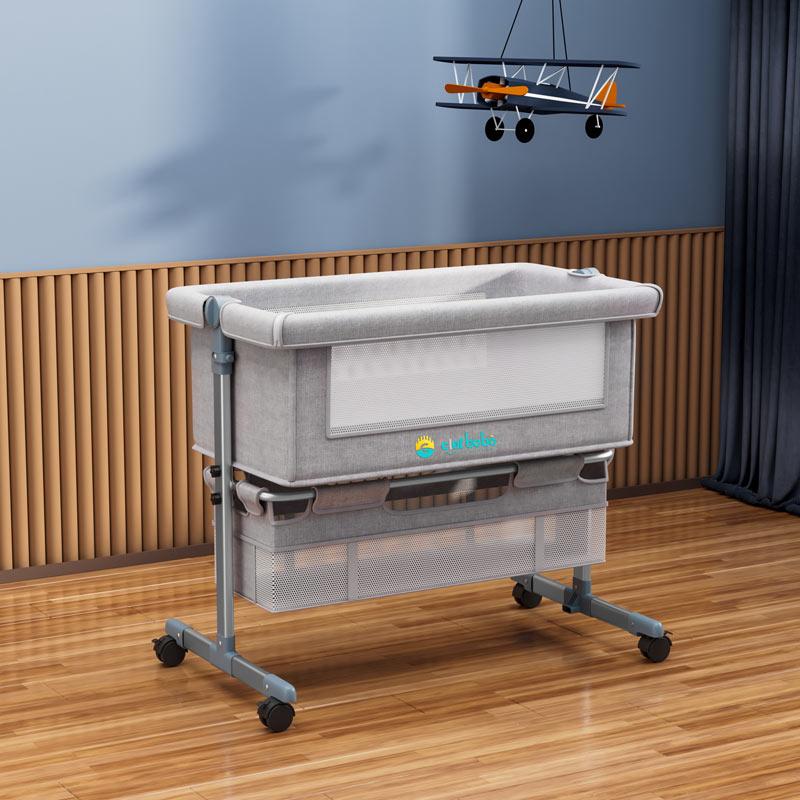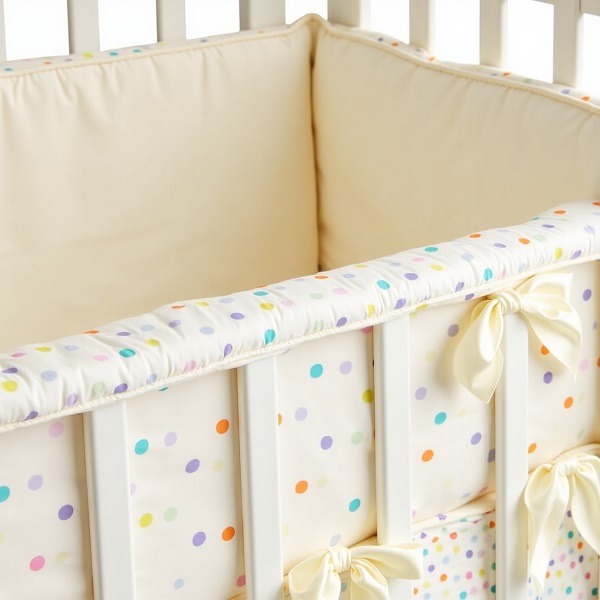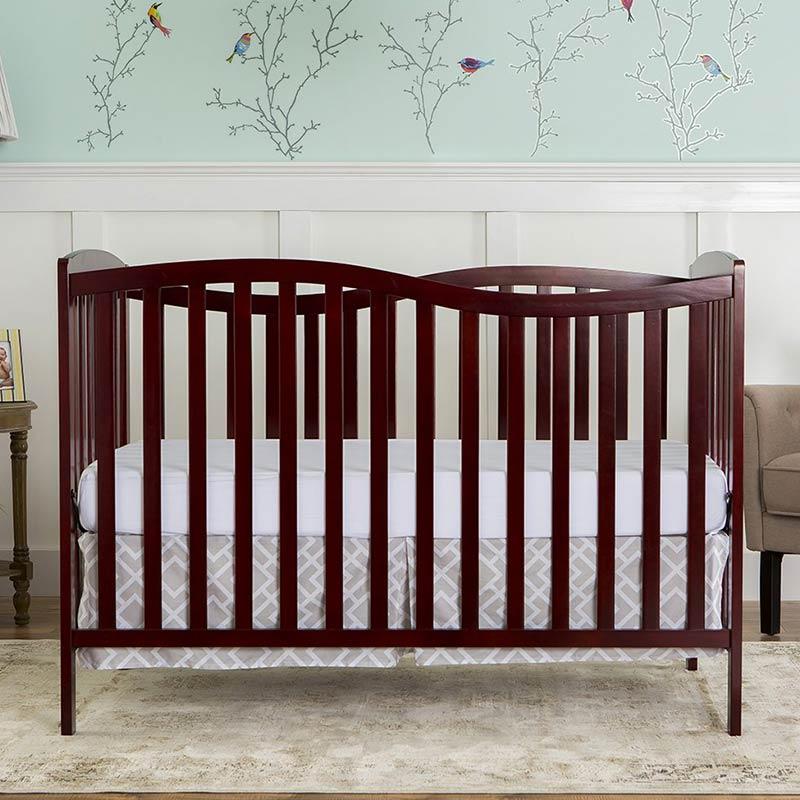The question of whether baby walkers are beneficial for babies has sparked considerable debate among parents, pediatricians, and child development experts.
This discussion is not new; it has been a topic of contention for several decades. The crux of the argument lies in balancing the perceived benefits of using a walker with the potential risks and drawbacks it may pose to an infant’s physical and cognitive development.
In this article, we delve into the various aspects of this debate, examining the advantages and disadvantages of it, factors parents should consider before choosing to use a walker, and tips for those who decide to use one safely.
The Controversy Surrounding Baby Walkers
Baby walkers, often seen as a tool to help infants learn to walk, have been around for many years. Initially, they were thought to aid in a child’s development by encouraging movement and exploration. However, as research into child development progressed, concerns about the safety and efficacy of walkers began to emerge.
One of the primary concerns revolves around the potential for physical injury. Walkers allow babies to move faster than they would on their own, sometimes leading to accidents such as tumbling down stairs or reaching dangerous objects. Additionally, there is an argument to be made regarding the developmental implications of walker use. Some studies suggest that walkers can interfere with natural walking patterns and milestones, possibly delaying motor development rather than facilitating it.
On the other side of the debate, proponents argue that infant walkers can provide babies with a sense of mobility and freedom, encouraging exploration and interaction with their surroundings. This, in turn, is believed to support cognitive development and spatial awareness. The controversy, therefore, lies in weighing these potential benefits against the risks and determining what is best for each child.
Pros of Using Baby Walkers
Entertainment and Stimulation
- Toys and Activities: Many child walkers come equipped with interactive toys and activities that can engage and entertain infants. These toys may include buttons to push, spinners, and other colorful features that stimulate sensory development.
- Exploration: It allows infants to explore their surroundings from an upright position, offering a new perspective on their environment. For example, a baby in a walker can move around the room, interacting with different objects and surfaces.
Early Mobility
- Independence: Walkers provide infants with a sense of independence and autonomy by allowing them to move around on their own. This can be empowering for babies who are eager to explore and interact with their surroundings.
- Pre-Walking Skills: Some proponents argue that using a baby walker can help babies develop pre-walking skills, such as leg strength and coordination. By pushing themselves forward in the walker, infants engage their leg muscles and practice balancing.
Parental Assistance and Convenience
- Hands-Free Supervision: Baby walkers can give parents a brief respite by allowing them to supervise their infant’s exploration hands-free. This can be particularly helpful for caregivers who need to attend to other tasks while keeping an eye on their baby.
- Portable and Easy to Use: They typically lightweight and portable, making them convenient for use both at home and when traveling. They often fold up for easy storage and transportation.
Developmental Stimulation
- Cognitive Development: Some proponents suggest that the stimulation provided by baby walkers, such as colorful toys and varied textures, can promote cognitive development in infants. Engaging with these stimuli may encourage curiosity and learning.
- Motor Skills: While there are concerns about delayed motor development, proponents argue that using a baby walker can help strengthen leg muscles and improve coordination, laying the foundation for walking and other gross motor skills.
Cons of Using Baby Walkers
Safety Risks
- Falls and Injuries: One of the most significant concerns associated with baby walkers is the risk of falls and injuries. Babies can move quickly in an infant walker with wheels and may reach hazardous areas, fall stairs, or collide with furniture.
- Tipping Over: It can tip over, especially on uneven surfaces or when encountering obstacles.
- Access to Hazardous Objects: Babies in walkers can reach objects that pose choking hazards or other dangers, and may be able to pull on a tablecloth, causing objects on the table to fall.
- Burns and Scalds: It can provide access to hot surfaces, such as stoves or heaters.
Delayed Motor Development
- Muscle Weakness: Some experts argue that prolonged use of baby walkers may lead to muscle weakness, particularly in the legs and trunk. Babies rely on the support of the walker rather than developing the muscles needed for independent walking.
- Delayed Walking Skills: There is concern that babies who spend excessive time in walkers may experience delays in reaching developmental milestones related to walking. Instead of learning to crawl and pull themselves up to stand independently, they rely on the artificial support provided by the walker.
Factors to Consider Before Using a Walker
Age and Developmental Readiness: Ensure that your baby is developmentally ready for a walker. Most pediatricians recommend waiting until a baby can sit up unassisted and have good head control before introducing a walker. Typically, this is around 6 to 8 months of age. Introducing a walker too early can increase the risk of injury and may hinder proper motor development.
Safety Features: Choose a walker with adequate safety features to minimize the risk of accidents. Look for features such as:
Sturdy construction to prevent tipping over.
- 1. Wide base for stability.
- 2. Brake pads or friction strips to prevent the walker from rolling over edges or uneven surfaces.
- 3. Safety harness or seat to secure the baby in place.
- 4. Built-in safety mechanisms to prevent access to stairs or other hazards.
Health and Physical Considerations: If your baby has a medical condition that affects their mobility or muscle strength, consult with your pediatrician before using a walker.
Adjustability: Choose an adjustable baby walker to accommodate your baby’s height and size as they grow. A properly adjusted walker ensures optimal comfort and support for your baby while minimizing the risk of injury.
Quality and Durability: Invest in a best baby walker from a reputable manufacturer. Avoid purchasing second-hand or recalled walkers, as they may not meet current safety standards.
Sibling and Pet Safety: Ensure that older siblings understand the importance of being careful around the baby in the walker and supervise interactions between the baby and pets to prevent accidents.
Storage and Portability: Determine whether the walker is easy to store when not in use and whether it can be easily transported if needed. Compact, foldable designs are ideal for saving space and for travel purposes.
Alternative Developmental Aids: Consider alternative aids for promoting mobility and development, such as stationary activity centers, push toys, or supervised tummy time. These options provide support and stimulation without the safety risks associated with walkers.
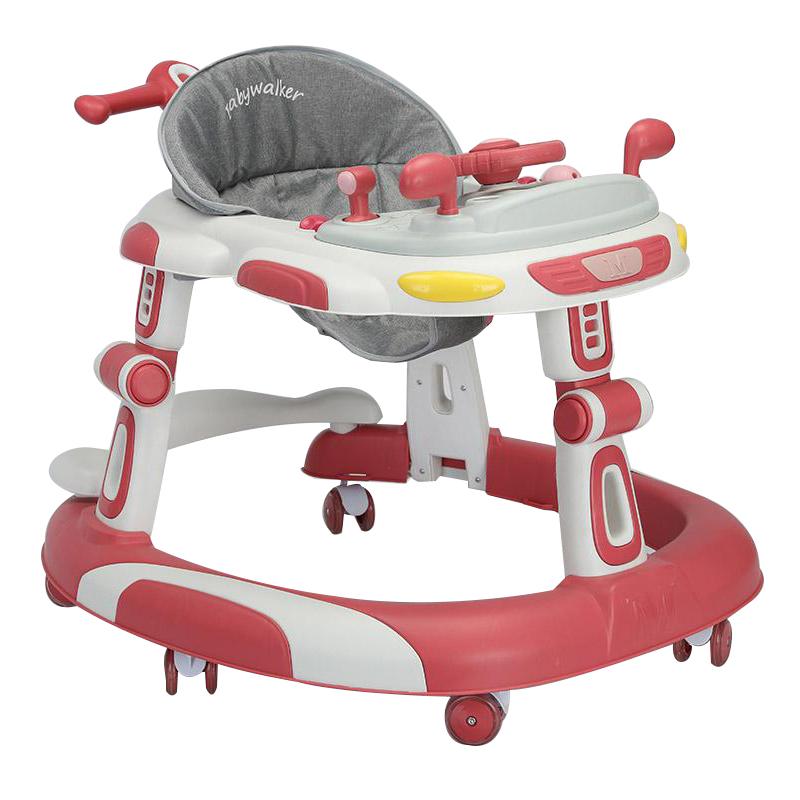
Tips for Safe Walker Use
Supervision: Always supervise your baby closely while they are in the walker. Always ensure they are supervised, without exception. Stay within arm’s reach to intervene quickly if necessary.
Safe Environment: Use the walker in a safe environment with flat, even surfaces free from hazards such as stairs, steps, sharp edges, or small objects that could pose choking hazards. Keep doors closed or use safety gates to block access to dangerous areas.
Check for Recalls: Avoid purchasing second-hand or recalled walkers, as they may not meet current safety standards. Regularly check for recalls or safety alerts related to the walker model you are using. Register your walker with the manufacturer to receive notifications about any safety concerns or recalls.
Correct Assembly: Ensure the walker is assembled correctly according to the manufacturer’s instructions. Check for loose or missing parts, and tighten any screws or fasteners as needed. Make sure all safety features, such as brakes and seat belts, are in working order.
Proper Fit: Adjust the walker to your baby’s height and size so that they can comfortably touch the floor with their feet. The walker’s seat should provide adequate support and allow for free movement of the legs.
Limit Usage Time: Limit the amount of time your baby spends in the walker to short, supervised sessions. Experts recommend no more than 30 minutes at a time to prevent overuse and potential developmental issues.
Stay Indoors: Use the walker indoors only. Avoid using it near pools, driveways, or other outdoor hazards. Outdoor terrain may be uneven and unsuitable for walker use.
Remove Obstacles: Clear the area of any obstacles or tripping hazards before using the walker. This includes rugs, electrical cords, and low-lying furniture that the walker could bump into.
Avoid Busy Areas: Keep your baby away from busy or high-traffic areas of the house, such as the kitchen or areas where there are pets or other children playing. This precaution minimizes the likelihood of collisions and mishaps.
Conclusion
The debate on the efficacy and safety of baby walkers is complex, with valid points on both sides. While there are potential benefits, the risks, and developmental concerns cannot be overlooked.
For families who choose to integrate a walker into their child’s life, prioritizing safety and balance is key. By combining walker use with a variety of other developmental activities, parents can help ensure their child enjoys the benefits of exploration and mobility without compromising their safety or growth.
Recommended Related Articles:

